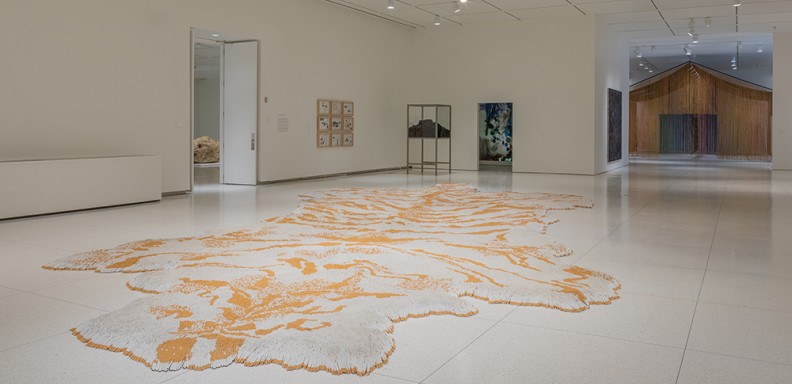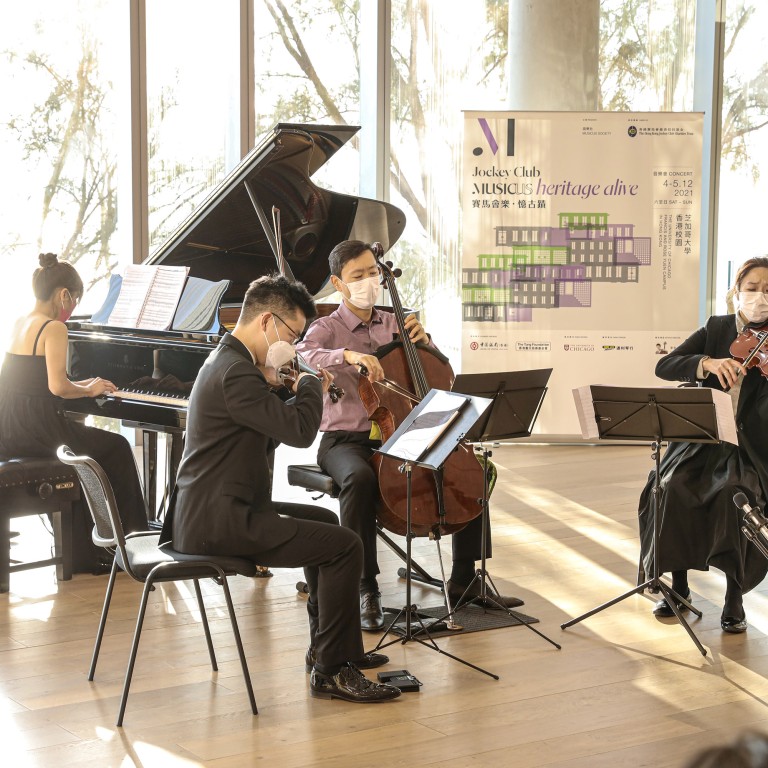Chen Ning Yang, a world-renowned and Nobel Prize-winning scientist who made revolutionary contributions to our understanding of the laws of physics and the nature of particles, died Oct. 18 in Beijing at age 103.
After earning his Ph.D. from the University of Chicago in 1948, Yang embarked upon a pioneering research career in which he made numerous field-defining discoveries. He is best remembered for his groundbreaking Yang-Mills theory, which explained the behavior of elementary particles; and his landmark paper on the symmetry of parity laws with UChicago alum Tsung-Dao Lee, PhD’50—a discovery that earned them the Nobel Prize in Physics in 1957.
Since the late 1990s Yang had served as a professor at Tsinghua University, which in announcing Yang’s passing, called him “one of the greatest physicists of the 20th century.” In recent decades he maintained his links with UChicago, engaging with scholars and students at the University’s Center in Beijing. Revered by scientists around the world, Yang had deep impact on fields including particle physics, quantum field theory, and statistical and condensed matter physics.
“Yang’s pioneering work in theoretical physics revolutionized our understanding of nature’s fundamental laws and laid the groundwork for the Standard Model of particle physics,” said Ka Yee C. Lee, the interim dean of the Physical Sciences Division and the David Lee Shillinglaw Distinguished Service Professor at UChicago. “We are honored that the University of Chicago played a part in his enduring legacy.”
Physics, brick by brick
Born Sept. 22, 1922 in Hofei, China, Yang grew up near the campus of Tsinghua University, where his father was a professor of mathematics. In January 1946, Yang came to UChicago, drawn to its active research atmosphere and the opportunity to learn from eminent scientists, including Enrico Fermi. Yang told the New Yorker in 1962 that Fermi taught him “that physics should not be a specialist’s subject; physics is to be built from the ground up, brick by brick, layer by layer. We learned that abstractions come after detailed foundation work, not before.”
Yang first worked at UChicago on an accelerator in the lab of Prof. Samuel Allison, but quickly realized his future was not in experimental physics. “I was clumsy in the laboratory, and all my fellow graduate students laughed at me,” Yang told the Simons Foundation in 2011,” but they liked me as a person, especially because I could solve theoretical problems.”
Prof. Edward Teller encouraged Yang to turn one of his promising research ideas into a Ph.D. dissertation, which explored the concepts of symmetry and natural phenomenon. “That became one of the main themes, or perhaps the main theme of my subsequent work,” Yang said.
Examining symmetry in nature
Yang served for a year as an instructor at UChicago before joining the Institute for Advanced Study at Princeton, where he worked alongside Robert Oppenheimer. In 1954, Yang worked with Robert Mills to develop the Yang-Mills theory, which describes the behavior of elementary particles and is the basis of our understanding of the Standard Model of particle physics.
Two years later Yang collaborated with fellow UChicago alum Lee, PhD 1950, on landmark research that would revolutionize the field of physics. Exploring long-held assumptions that the laws of physics were the same in a mirror image as in reality—and that all forces conserved parity—Yang and Lee proposed that parity might not hold for interactions with weak forces. A team led by Chien-Shiung Wu of Columbia University confirmed Lee and Yang's theory, observing that the decay of cobalt-60 did not happen in the exact same way as its mirror image—and that the left-right symmetry law was violated by the weak interaction.
For their breakthrough, Yang and Lee shared the 1957 Nobel Prize in Physics for their research on parity laws, which the Foundation wrote “led to important discoveries regarding the elementary particles.”
“Yang’s pioneering work in theoretical physics revolutionized our understanding of nature’s fundamental laws.”
—Prof. Ka Yee C. Lee, interim dean of the Physical Sciences Division
“Through your consistent and unprejudiced thinking,” said one official at the Nobel Prize award ceremony, “you have been able to break a most puzzling deadlock in the field of elementary particle physics where now experimental and theoretical work is pouring forth as the result of your brilliant achievement.”
The paper was the among the dozens that Yang and Lee collaborated on in their career. (Lee died in 2024 at the age of 97).
Deep devotion to China
A prolific author, Yang went on to make other important research contributions in statistical physics, quantum groups, and related fields of physics and mathematics, serving on the faculties of Stonybrook University and Tsinghua University. In addition to the Nobel Prize, Yang won numerous honors, including the U.S. National Medal of Science, the Albert Einstein Medal and the Benjamin Franklin Medal.
Yang was deeply devoted to China, making contributions to the country’s scientific and educational developments. He helped build academic exchange between China and the U.S., helped establish the Committee on Educational Exchange with China, which has sponsored nearly 100 Chinese scholars for advanced studies in the U.S.; and helped establish the Institute for Advanced Study at Tsinghua University (where he had served as honorary director).
Yang also remained connected to UChicago, attending the opening events of the University’s Center in Beijing in the fall of 2010, as well as the first academic conferences held at the center.



